Why Do We Have to Talk About Race Again
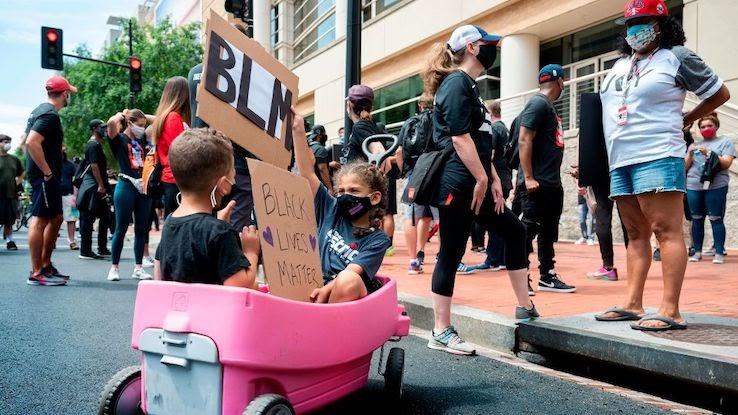
As many white people have begun learning for the first time, systemic racism consistently and disproportionately affects people of color in the United States. In realizing the society-wide impacts of racism, we're also realizing how complex it is — and that it's not enough to "not be racist" or to not acknowledge the role race plays in how people are treated on every level of society. It's essential to work to become actively anti-racist, to "examine the power imbalances between racialized people and non-racialized/white people" and engage in the process of "identifying, challenging and changing the values, structures and behaviors that perpetuate systemic racism." This must be done so we can create a society that offers equal opportunities and treatment to everyone.
But adults aren't the only ones taking notice. Children start receiving messages about race early on in their lives, and those questions can raise lots of questions in kids' minds — questions that they may or may not voice. In working to be anti-racist, it's essential to initiate conversations about race with children and answer these questions. No matter how uncomfortable the topic may feel or what it forces us to confront, learning how to talk to kids about race, racism and inclusion is what needs to happen to shape young minds and ultimately steer kids towards anti-racist behavior — making the world a better place in the process.
General Tips for Talking to Kids About Race
Talking about race can be sensitive and overwhelming and confusing. And that's all the more reason why we need to do it. Issues involving race are complex and can bring up new and uncomfortable questions and emotions, but it's our job to lean into that discomfort, to navigate those questions, not avoid them. Taking family and other dynamics into account, remember that there's no cut and dry way to navigate talking to kids about race — but some ways to go about it are more effective than others. It's okay to admit you don't have all the answers but will pursue them. Allow these tips to guide the process, keeping in mind that it's truly a learning experience for everyone.
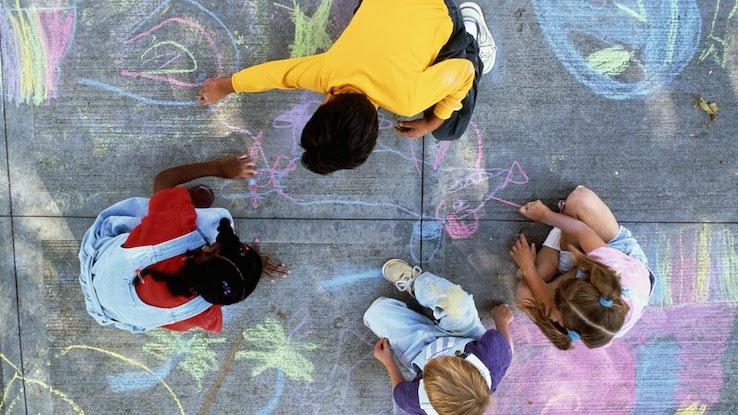
Make space for conversations. Children may be aware of what's going on in the world, but they may not know how to address it — meaning adults should prepare to initiate the conversation. Create and hold space for discussions to find out how a child is feeling, and give them room to express their thoughts about current events and race. Dr. Shardé Smith, Assistant Professor of Human Development and Family Studies at the University of Illinois, recommends opening the conversation but going at the child's pace and "providing space for them to process…traumatic events, to ask questions, [to] express their emotions and to have an open dialogue about the realities of race in our society." Remember that these discussions can be overwhelming; let kids pace themselves, let them talk things out and be patient.
Start early. Dr. Smith notes that "children as young as 3 years old can recognize and develop racial attitudes and biases," which means that it's almost never too early to start talking about race in an age-appropriate way. For younger children, this might mean exposing them to "books with appropriate cultural representation…instilling these positive racial messages and engaging children in culturally diverse activities," according to Dr. Smith.
As they get older, it's appropriate to bring the element of society into discussion, start informing kids about how culture shapes negative ideas of race and explain why these stereotypes are wrong. Dr. Helen Neville, Professor of Educational Psychology and African-American Studies at the University of Illinois, notes that teens, developmentally, "are able to think about more complex systems and…get the nuances of things like structural racism." Wait until children are a little older to introduce the level of intricacy that conversations about systemic racism involve.
Don't forget how loudly actions speak. Talking with words isn't the only way to communicate ideas about race to children. Kids are perceptive, and the actions that adults model for them can speak louder than words. It's important to think before speaking when it comes to the ways we discuss race in front of children, of course. It's also essential to look at what our other actions communicate. When a child looks up to a role model who doesn't have a diverse friend group, for example, that child sees this as something normal and even something to strive for — and it goes without saying that the opposite is true. That's our responsibility to change.
Start using language that's respectful and tolerant of people's differences while still acknowledging those differences — and honoring them. Visit museums that host exhibits about a range of cultures. Make sure kids have multicultural toys and markers and paints that represent a variety of skin colors. Enroll kids in activities or team sports that have more diverse groups of children if their school doesn't. Worship with people of different races, socioeconomic backgrounds and abilities. Broaden your own social group and invite friends of all races into your home.
We all "become raced" during our lives, meaning we form ideas about race that typically reflect the underlying ideas our society as a whole holds about it — often that white people are superior to people of color and thus more deserving of opportunities and privileges. This is systemic racism at work in the United States, but early intervention via efforts to raise anti-racist kids is one way to begin combatting these effects of racist biases we internalize.
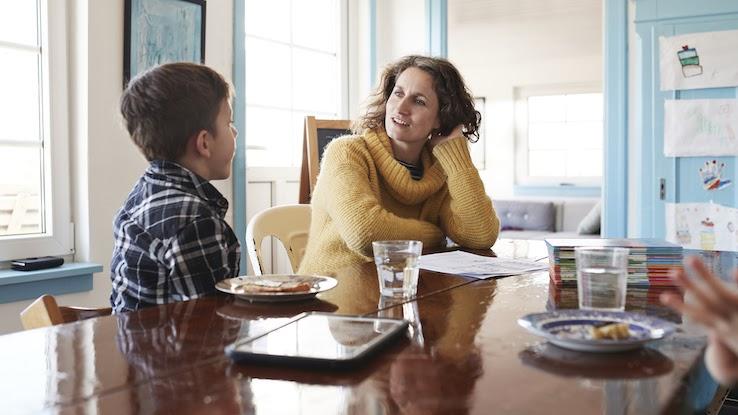
Unfortunately, it's become normalized that, as kids become raced, they may start placing value judgments on people of color. They might make statements that frame something about a certain race as "less than" or "bad," with the implicit idea that that same feature in a white person "isn't as bad." It's important to listen for these kinds of statements and, when a child makes them, to ask questions about why they feel that way. Not acknowledging these statements sends the message to kids that it's okay to hold certain biases or that what they're thinking is correct because they're allowed to continue doing so without questioning the thought processes behind it.
Get to the root of the thought by gently asking the child, "What makes you say that?" or "Why do you feel that way?" Listen to their response without admonishing them. At that point, it's appropriate to explain stereotypes to them and work with them to think of examples that illustrate how those biases aren't true.
Showing the Harm of Racist Ideas
Teaching children about the reasons why stereotypes aren't true is one element of the equation, but it's also important to take this a step further and show kids how prejudice is harmful. Doing so helps them develop a deeper understanding of the realities and impact of racism — that it causes intense and unnecessary suffering for people.
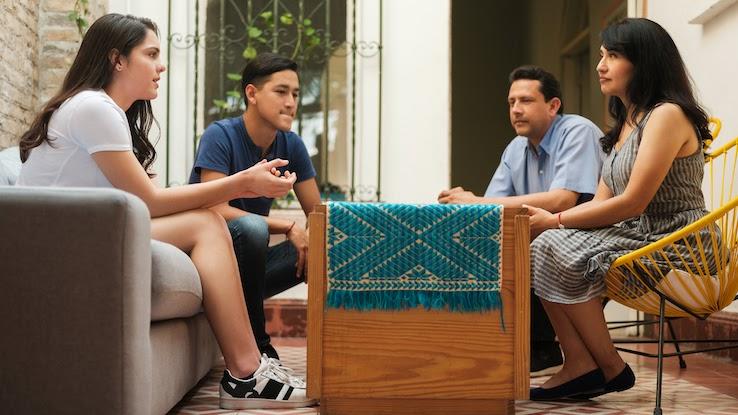
Even younger children often have a grasp on fairness and why it's important, and although it may feel simplistic to adults, positioning racism in this context can help kids begin to understand it using their own feelings as a frame of reference by inviting comparison to emotions they're already familiar with. Younger kids can comprehend the concept of words being hurtful and making someone feel bad, and they can also understand how the intent of someone's words may have an unintentional impact.
If a child makes a statement involving a racist idea, take things a step further. Caryn Park, a researcher and professor at Antioch University's School of Education, recommends "ask[ing] the child if something happened to make them feel that way and talk[ing] about what they were feeling" when they made the comment. With this information, Park continues, explain "who benefits and who loses from such a comment…listen supportively for hurt feelings of rejection or exclusion, and think about a plan to reconcile those feelings."
Again, when speaking with older children, it's appropriate to have a more nuanced conversation. Discuss details of the historical basis of racism in the United States and show how it has harmed various groups for centuries by providing examples from history to illustrate. This can lead into a discussion about the ways racism persists today, how it's currently harming people, how current events are representative of the systemic racism present on all levels of society and what the goals are of protestors and movements like Black Lives Matter.
Effective Resources for Teaching Kids About Race
Talking about race with a child isn't a one-and-done proposition — it's a marathon, not a sprint. It's important and necessary to be open for ongoing dialogue, to continue asking and answering questions to the best of your ability and to provide resources that educate kids long after an initial conversation.
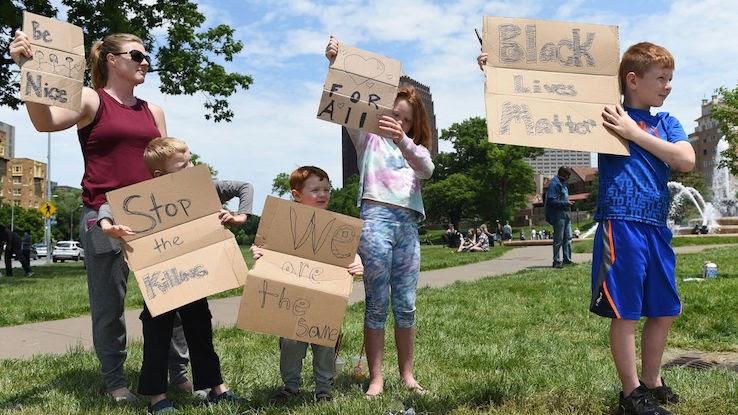
One effective way to supplement your discussions is to provide children with a diverse range of books, movies and other media that highlight and applaud diversity and that address racial inequalities. Take inventory of the books and other media that are currently in your home and determine which groups of people they represent and how. Keeping a child's age in mind, begin introducing books and movies with stories that focus on people of color and indigenous groups in everyday situations, along with books that discuss the historical basis for racism, such as those about slavery. This list will help you infuse more diversity into the media your child consumes by celebrating Black experiences, introducing Black characters and lifting up Black creators.
Start taking conversations a step further with some assistance and support from Talking About Race, a resource from the National Museum of African American History & Culture. With different modules developed for parents, child educators and people who are committed to racial justice and equity, Talking About Race offers reading material, infographics and video content organized by specific themes and topics like "Historical Foundations of Race," "Community Building," "Race and Racial Identity" and "Being Anti-racist." As much about what to talk about with kids as it is how to talk to them about it, this effective tool provides guidance to empower adults to embark on the journey of teaching kids about race — and educating themselves in the process.
PBS has a similar resource, Confronting Anti-Black Racism, that includes a media collection with videos for junior high and high school students "to help them understand the long history of anti-Black racism in the United States, and think about ways to address it in their own families and communities." These modules are geared more towards addressing current events and include news coverage of recent protests, videos about the Black Lives Matter movement and police brutality, PBS documentaries about the history of racism in the United States and activities that can inspire kids to participate in civic engagement in their communities.
There's no more important time to start talking to kids of all ages about race. Early intervention is key not only for helping children learn about racism and injustice in our society but also for giving them the knowledge they need to recognize and, as they age, begin disrupting the systems that allow racism to persist. As new generations of actively anti-racist kids emerge, it becomes easier for everyone to work to create a more just, equitable and flourishing society that affords everyone the same opportunity to thrive.
Source: https://www.reference.com/world-view/anti-racist-future-talking-kids-race-inequality?utm_content=params%3Ao%3D740005%26ad%3DdirN%26qo%3DserpIndex
0 Response to "Why Do We Have to Talk About Race Again"
Enregistrer un commentaire